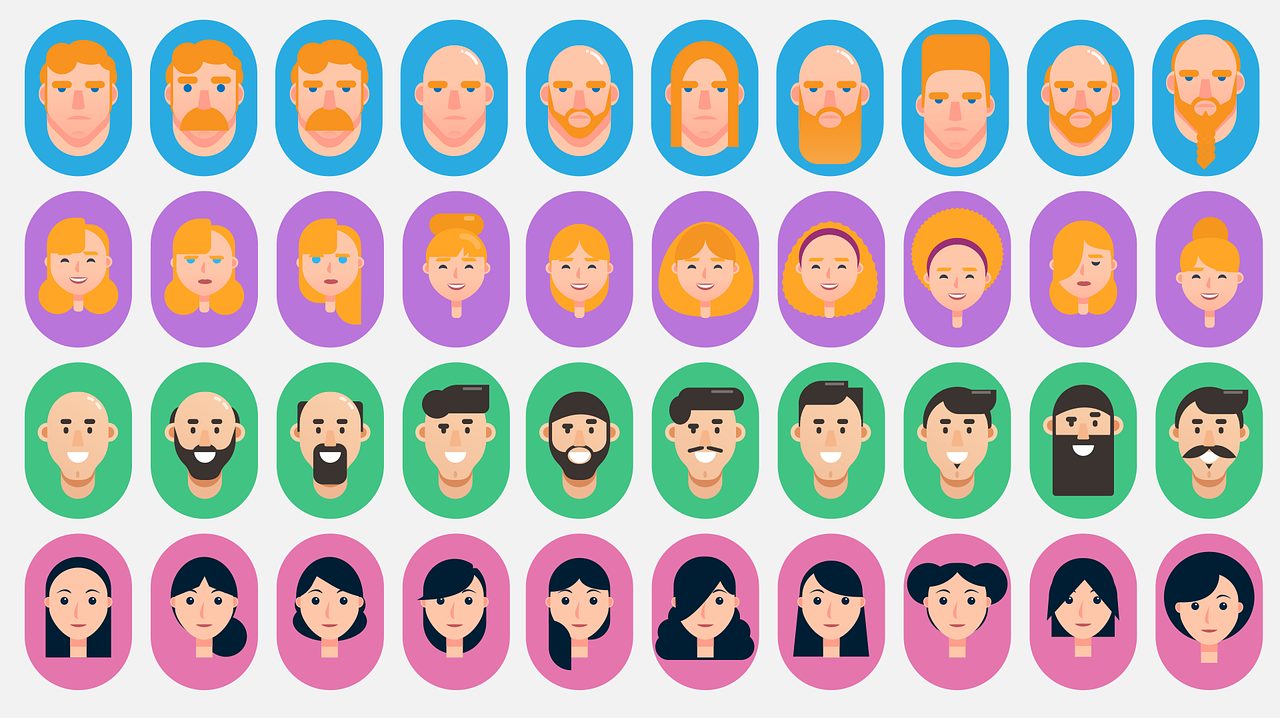Modern consumers are no longer satisfied with generic experiences.
They expect brands to know their preferences, anticipate their needs, and deliver tailored solutions that feel relevant and meaningful.
Hyper-personalisation—a strategy that uses advanced analytics, real-time data, and artificial intelligence (AI)—enables companies to meet these expectations.
In a competitive landscape where consumers are increasingly selective about the brands they support, hyper-personalisation has emerged as a crucial differentiator.
This
strategy enhances consumer loyalty, drives engagement, boosts sales, and establishes long-term market leadership.
If you prefer to listen rather than read:
What Is Hyper-Personalisation?
Hyper-personalization integrates real-time data, advanced analytics, and AI technologies to deliver highly individualised consumer experiences. Unlike traditional personalisation, which typically involves broad segmentation or limited customisation, hyper-personalization uses a more granular approach to tailor every aspect of the consumer journey.
Definition in Context:
While traditional personalisation might include addressing consumers by their first name in an email, hyper-personalization extends to creating dynamic, one-to-one interactions based on purchase history, browsing behavior, and real-time context. This enables brands to provide deeply relevant and meaningful experiences that resonate with consumers.
Example:
Diageo’s “What’s Your Whisky” tool is a standout example of hyper-personalisation in action.
By analysing consumer flavour preferences through a simple digital quiz, the company offers tailored whisky recommendations. This initiative, rolled out across Europe and North America, increased online engagement by over 20% in 2022, underscoring the effectiveness of such targeted strategies (source).
The Strategic Importance of Hyper-Personalization
1. Driving Consumer Loyalty
Hyper-personalization builds emotional connections with consumers by making them feel valued and understood. Emotional bonds are critical in driving loyalty, as consumers are more likely to return to brands that demonstrate a deep understanding of their needs.
Example (Europe):
Nespresso’s use of purchase history and preference data to create personalized product recommendations has significantly enhanced customer loyalty. In 2023, tailored email campaigns in Germany and France achieved a 25% higher open rate than generic emails, driving repeat purchases and long-term customer engagement (source).
According to Epsilon, 80% of consumers are more likely to make a purchase when brands offer personalised experiences (source).
2. Increasing Conversion Rates
Hyper-personalization is not just about building relationships; it’s also about driving immediate results. By offering tailored recommendations, brands can significantly boost conversion rates and average order value.
Example (Asia):
Alibaba’s Tmall Genie smart speaker integrates with consumer appliances to provide hyper-personalized shopping lists and reminders. During the 2023 Chinese New Year, the platform’s recommendations for festive groceries and decorations drove a 30% increase in repeat purchases (source).
Statistic:
McKinsey reports that personalization can reduce acquisition costs by as much as 50% and lift revenues by 5–15% (source).
3. Strengthening Brand Differentiation
In saturated markets, hyper-personalization helps brands stand out by creating unique and memorable experiences.
Example (Global):
Coca-Cola’s Freestyle vending machines allow consumers to create custom beverage blends. The data collected from these machines has informed the launch of new products tailored to emerging flavor trends, reinforcing Coca-Cola’s position as an innovator (source).
The Role of Data in Hyper-Personalization
1. Data Collection and Integration
Hyper-personalization relies on a robust data infrastructure that consolidates information from various sources, such as CRM systems, e-commerce platforms, and social media.
Example (North America):
Procter & Gamble’s (P&G) Living Proof brand uses CRM and e-commerce data to personalize haircare product recommendations. Since launching its hyper-personalized subscription service in 2022, the brand has seen a 35% increase in retention rates, demonstrating the power of data integration (source).
2. Real-Time Analytics
Real-time analytics enables brands to act on consumer behaviors and preferences instantly, offering timely and relevant suggestions.
Example (Latin America):
Rappi, a Colombian delivery platform, uses real-time analytics to personalize recommendations for groceries, restaurants, and pharmacies. During the 2022 FIFA World Cup, Rappi analyzed user preferences to promote game-day snacks, resulting in a 40% surge in sales in Brazil and Argentina (source).
Technologies Powering Hyper-Personalization
1. Artificial Intelligence and Machine Learning
AI and machine learning are critical to identifying patterns, predicting behaviors, and generating actionable insights.
Example (Middle East):
Noon, a UAE-based e-commerce platform, uses AI to curate personalized product recommendations based on browsing and purchase history. This approach has reduced cart abandonment rates by 15% since 2022 (source).
2. IoT Devices and Connected Ecosystems
IoT devices provide a wealth of real-time data that can be leveraged for hyper-personalization.
Example (Asia-Pacific):
Samsung integrates IoT capabilities into its smart appliances to offer personalized recommendations. For example, its smart fridges suggest recipes based on the ingredients stored, creating a seamless and personalized cooking experience (source).
3. Conversational AI and Chatbots
Conversational AI enhances consumer engagement by offering instant, tailored interactions.
Example (Africa):
Jumia, Africa’s leading e-commerce platform, uses chatbots to provide product recommendations. In 2023, its chatbot increased conversion rates by 18% in Nigeria by suggesting products aligned with user preferences (source).
Hyper-Personalization Across Consumer Touchpoints
1. Mobile Apps
Mobile apps serve as a direct channel for delivering hyper-personalized experiences.
Example (India):
Unilever’s Glow & Lovely app in India uses AI to analyze skin type and offer customized skincare routines. This initiative has driven a 50% increase in app engagement since its launch in 2022 (source).
2. Websites and E-Commerce
Hyper-personalized e-commerce experiences can significantly enhance consumer satisfaction and loyalty.
Example (Europe):
Tesco in the UK uses personalized digital promotions through its loyalty app. By analyzing in-store consumer behavior, Tesco delivers targeted offers, driving increased engagement and sales (source).
Ethical Considerations in Hyper-Personalisation
1. Data Privacy and Security
Consumers are increasingly concerned about data privacy. Brands must prioritize transparency and comply with global regulations like GDPR to build trust.
Example (Global):
Nestlé updated its privacy policies in 2022 to ensure compliance with GDPR, giving consumers more control over their data and boosting trust in European markets (source).
2. Avoiding Over-Personalisation
Brands must balance personalization with privacy to avoid coming across as intrusive.
Conclusion: The Future of Consumer Delight
Hyper-personalisation is redefining consumer engagement. By leveraging advanced analytics, AI, and IoT technologies, brands can deliver unparalleled experiences that resonate with consumers worldwide.
From Unilever’s personalised skincare app in India, to Coca-Cola’s Freestyle innovation globally, hyper-personalisation is not just a competitive advantage—it’s a necessity.
For CPG leaders willing to embrace this strategy, the rewards include enhanced loyalty, increased sales, and sustained market leadership.













